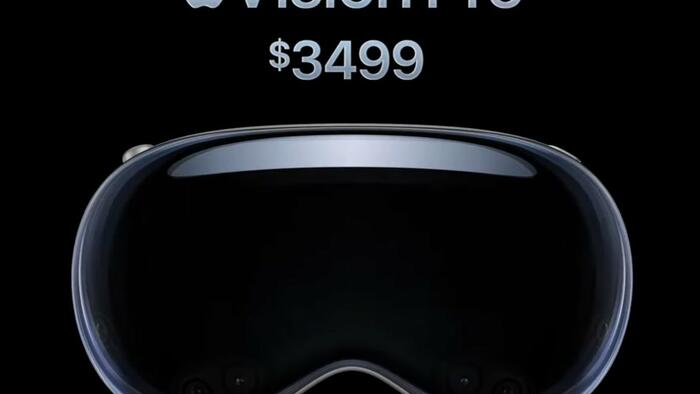The release of Apple Vision Pro, a mixed-reality headset priced at $3,499, has not met expectations, resulting in a decline in new app development since its debut on February 2. The Wall Street Journal highlights a significant slowdown in app growth, as the number of new applications has sharply decreased from hundreds in the initial months to just 10 introduced in September. This reduction coincides with a larger trend of lagging demand for the device amid high inflation and interest rates, which have made the steep price tag inaccessible for many consumers. Observers have suggested that the Vision Pro’s mispricing could contribute to its lack of appeal in a market where budget sensitivity is increasingly prevalent.
The App Store currently lists nearly 1,770 apps for the Vision Pro, but only about 34% of these are specifically designed for the headset; the majority are existing Apple applications adapted with additional functionality for the device. In August, Apple claimed more than 2,500 apps had been created for the Vision Pro, but discrepancies in the numbers arise from unregistered app usage, which complicates accurate tracking. Furthermore, the decline in new app releases raises concerns about the headset’s future viability, as a robust app ecosystem plays a critical role in maintaining consumer interest and driving sales for tech products.
As the Vision Pro app growth has waned, it has prompted discussions about the impact of its high cost on consumer behavior. For many, the $3,500 price for a mixed-reality headset is equivalent to several months of rent or car payments, making the investment less palatable. Critics have openly expressed their discontent with the hefty price, suggesting that potential users find it hard to justify such an expense for what is essentially a premium gadget. This high barrier indicates a disconnect between Apple’s pricing strategy and target customer base, which may hinder the headset’s ability to penetrate the mainstream market.
Without a compelling suite of applications—often referred to as “killer apps”—the Vision Pro faces an uphill battle akin to that experienced by the early iPhone. The latter was propelled to success by a vibrant app ecosystem that encouraged user engagement and expanded functionality. Absent a similar foundation, the Vision Pro risks becoming a niche product without widespread appeal, leading to stagnant sales figures. According to analyst Ming-Chi Kuo, shipments are projected to struggle against original expectations, forecasting 400,000 to 450,000 units sold in the year, far below previous estimates of 700,000 to 800,000.
Research from Counterpoint indicates that the Vision Pro suffered an 80% drop in sales from the first to the second quarter, which raises alarm about the product’s long-term viability. The current trend suggests that without the right mix of innovative applications designed exclusively for the Vision Pro, Apple’s ambitious venture into mixed reality might falter. These circumstances indicate that the headset requires both a price reduction and a vibrant application ecosystem to attract a broader audience and maintain competitiveness in the technology market.
In conclusion, the Apple Vision Pro’s future is uncertain as it grapples with a shrinking app marketplace and exorbitant pricing that alienates potential customers. The ongoing reluctance of consumers to invest in such a costly device during financially challenging times may necessitate a reassessment of its pricing strategy. Moving forward, the success of the Vision Pro heavily relies on the development of compelling applications that can catalyze widespread adoption and substantiate its value to users—much like the early days of the iPhone. With Apple’s market capitalization remaining robust at $3.5 trillion, stakeholders are keenly watching how the company navigates this critical juncture in its mixed-reality journey.

